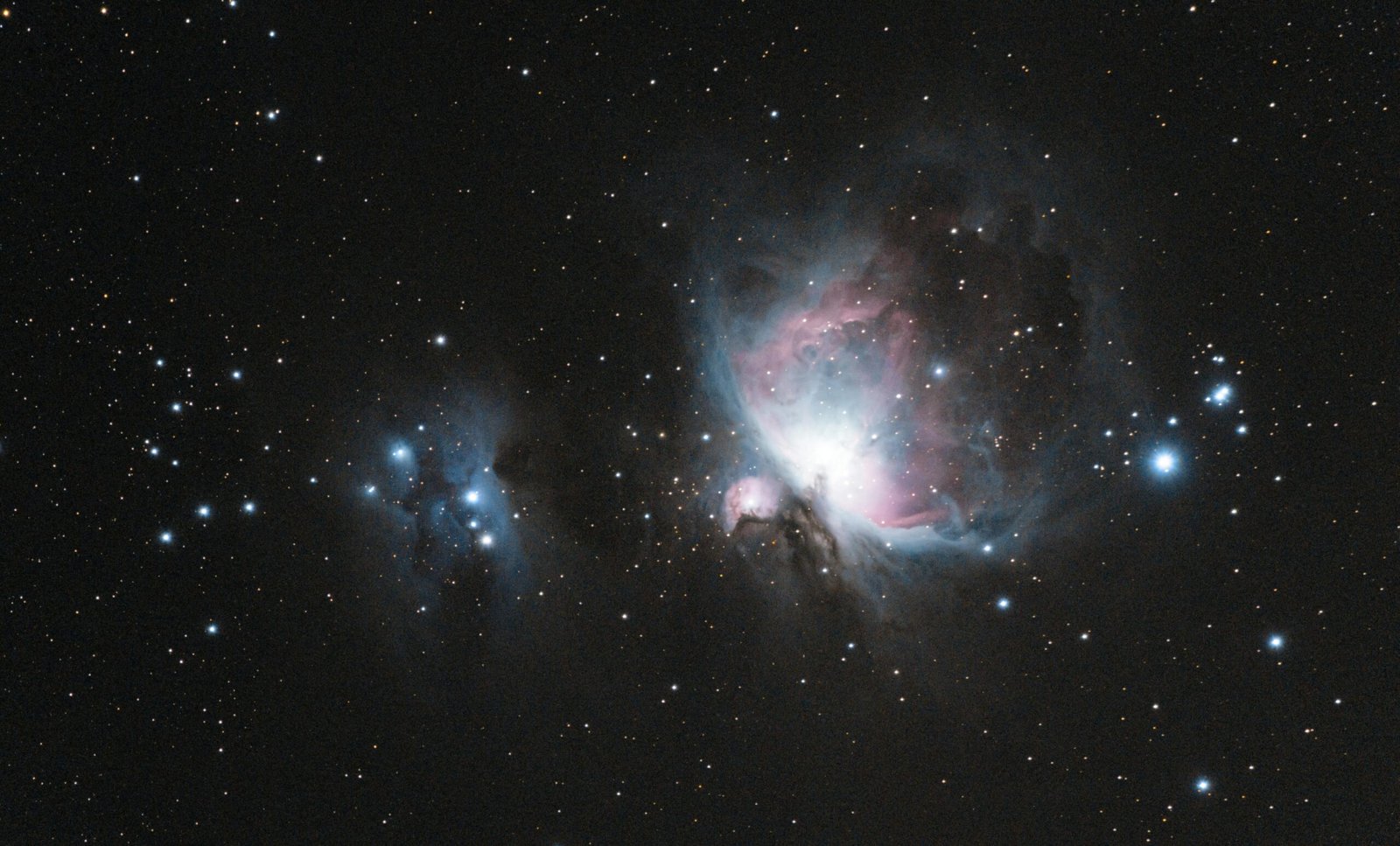The word karma is often used casually, as if it were nothing more than a quick proverb: “What goes around, comes around.” Yet karma is far more profound. In Indian philosophy, it is described as a law of cause and effect that shapes not just a single life but the flow of many lives. In science, we find striking parallels—Newton’s law of action and reaction, the predictability of mathematics, and the dynamic energy field of quantum physics. When we weave these threads together, karma emerges not as superstition, but as a universal principle that bridges philosophy and science.
The Four Pathways of Karma
In the Bhagavad Gita, karma is divided into four dimensions. Sanchit karma is the storehouse of all our accumulated actions from the past, much like a vast reservoir. From this reservoir, only a portion is allowed to play out in our present life—this is called Prarabdha karma. It is what gives rise to our circumstances: the family we are born into, the health we inherit, the opportunities or limitations that form the backdrop of life. Alongside this, we are constantly creating Kriyamaan karma, the actions of our present moment—our thoughts, words, and deeds right now. These fresh actions do not disappear; they become the Agami karma that shapes our future, whether in this lifetime or the next.
A simple way to understand this is through the metaphor of seeds. Some seeds are sprouting right now; these are the results of past actions that have ripened. Many seeds remain buried, waiting for the right conditions; these are the karmas stored in potential. The seeds we plant today will germinate later, becoming the circumstances of tomorrow. In this way, life is both a harvest and a field of fresh sowing, happening simultaneously.
Karma and the Law of Physics
When we turn to physics, the echoes of karma are immediate. Newton’s Third Law states: for every action, there is an equal and opposite reaction. Push against a wall, and the wall pushes back with equal force. Throw a ball into the air, and the ball returns, its trajectory determined by the speed, angle, and force you applied. These reactions can even be calculated with mathematical precision. Physics shows us that no action exists in isolation; everything produces a counteraction, a ripple that returns to its source.
Karma mirrors this law, but extends it beyond the physical. While physics concerns itself with the motion of objects, karma concerns itself with the motion of life itself. When we act, whether through intention, speech, or deed, we set into motion forces that eventually return to us. The difference is that in karma, the timeline is not always immediate. Just as not all seeds sprout instantly, karmic consequences may take years or even lifetimes to manifest. Yet the principle is the same: an action creates a response, a force creates a counterforce, and balance must eventually be restored.
The Mathematics of Cause and Effect
Mathematics is the language of precision. With it, we describe patterns, predict outcomes, and calculate relationships between forces. In physics, mathematics allows us to answer questions such as: If I throw a ball at a certain speed and angle, how high will it rise? When will it fall? Where will it land? The answers are not guesses but certainties, provided we know the initial conditions. This is the power of mathematical law: it takes the principle of cause and effect and gives it structure.
Karma works in a strikingly similar way, though its equations are less obvious to the human mind. Every action, like a number placed into an equation, leads to an outcome that is shaped by many variables. The intention behind the action, the energy with which it is carried out, the context in which it occurs—all of these act as “coefficients” in the karmic equation. While we cannot write this equation on a blackboard, the logic is no less real. An act of generosity has a different weight than an act of selfishness, just as a force of ten newtons produces a different motion than a force of two.
Consider the mathematical concept of probability. When a dice is rolled, we cannot say with certainty which number will appear, but we can describe the range of possibilities and the likelihood of each. Karma unfolds in a similar way. The seeds of past actions lie in potential, and their outcomes depend on the conditions that arise. Just as probability does not break the law of mathematics but enriches it, the timing of karmic consequences does not break the law of karma—it simply shows that many factors are involved in determining the exact moment and form of the reaction.
Another useful analogy is that of a pendulum. When displaced from its resting point, a pendulum swings back and forth with a rhythm that can be described precisely through mathematical formulae. Karma too swings in cycles. An action creates an imbalance, and just as surely as the pendulum must return to its centre, karma seeks balance. The difference is that the pendulum’s rhythm can be measured in seconds, while karma’s rhythm may span years or lifetimes.
Mathematics also gives us the concept of feedback loops. In systems theory, an action within a system produces an effect, which in turn influences the system again, often amplifying or stabilising the outcome. Karma can be understood in this way as well. A small action may set off a chain of consequences that magnify over time, much like a small change in a mathematical model can dramatically alter the outcome. A careless word today may grow into conflict tomorrow, while a gentle act of kindness can expand into bonds of trust that last for years.
In this sense, karma is mathematics on a cosmic scale. Just as equations govern the planets in their orbits and the tides in their rise and fall, karma governs the unfolding of human action and consequence. Both are patterns of cause and effect, both are precise in their own realms, and both remind us that nothing happens without reason.
Quantum Energy and the Flow of Karma
If classical physics explains karma through Newton’s law of action and reaction, then quantum physics takes us into an even deeper dimension—one that resonates strongly with the ancient wisdom of karma. At the quantum level, reality is not solid and fixed. Instead, it is a web of energy, probability, and constant motion.
One of the first lessons of quantum mechanics is that everything is energy. What looks like solid matter is actually a dance of subatomic particles—vibrating, colliding, and disappearing only to reappear again. Nothing is truly still, and nothing is ever lost. This echoes the philosophy of karma: actions are never isolated or erased. They remain in motion, transforming until they find resolution. Just as energy can neither be created nor destroyed, karmic actions can neither vanish nor be ignored; they ripple through existence until balance is restored.
A second principle of quantum physics is entanglement. Two particles that interact can become mysteriously linked, so that even if they are separated by vast distances, the state of one instantly influences the other. Einstein famously called this “spooky action at a distance.” Karma reflects this same truth. Our actions are not confined to ourselves; they create connections. The choices we make ripple outward and affect others, just as the actions of others ripple back to us. What entanglement shows in the laboratory, karma shows in life: the universe is interconnected, and no action exists in isolation.
Then there is the famous observer effect, illustrated in the double-slit experiment. In this experiment, particles of light behave differently depending on whether they are being observed. Observation itself seems to collapse a wave of probabilities into a single outcome. In karmic terms, this mirrors the power of awareness and intention. It is not only what we do but also the consciousness with which we do it that shapes results. A deed done carelessly and the same deed done with compassion are not equal, even if the physical act looks identical. Just as the observer alters the outcome in physics, intention alters the outcome in karma.
Another fascinating resonance lies in the idea of uncertainty. Heisenberg’s Uncertainty Principle tells us that we cannot know both the exact position and velocity of a particle at the same time. There is always a limit to what we can predict. In karma too, the exact timing and form of consequences cannot be known with precision. We may understand the principle—that actions will bring reactions—but we cannot always calculate when or how the results will manifest. This does not mean the law is broken; it simply means that karma, like quantum physics, operates in a realm where multiple possibilities coexist until the right conditions make one outcome emerge.
Seen together, quantum physics and karma reveal the same underlying truth: the universe is not a rigid machine but a living web of energy, deeply interconnected and in constant motion. Every action, no matter how subtle, contributes to this field and eventually returns to its source. Karma, like quantum energy, is dynamic, creative, and exacting in its balance.
In this way, karma can be seen as the moral dimension of quantum reality. Science shows us that nothing is wasted in the universe of energy; karma shows us that nothing is wasted in the universe of consciousness. Both point toward a profound unity: every ripple, whether in matter or in mind, continues to shape the fabric of existence.
Karma as the Universal Balancing Act
The essence of karma, then, is balance. It is not about reward or punishment in the simplistic sense, but about restoring harmony to the system of life. In philosophy, this balance is expressed as the unfolding of destiny shaped by our deeds. In physics, balance is expressed in equations of force and motion. In quantum theory, balance emerges in the constant exchange of energy across the field of existence.
In daily life, karma is not an abstract law confined to scriptures or laboratories. It is visible in the simplest experiences. A generous action often leads to goodwill that returns in unexpected ways. A careless word may plant discord that grows quietly before returning. In each case, the action sets something into motion, and the universe ensures that the cycle completes. Just as rivers eventually return to the sea, so do actions return to their source.
Conclusion: Karma Beyond Belief
When philosophy and science are seen together, they reveal karma as a universal truth. Science explains the mechanics of how actions generate reactions in the physical world. Karma expands this principle into the moral and spiritual dimensions of human existence. Both remind us of the same reality: nothing we do is isolated, and nothing disappears without consequence. Every thought, every word, every action is a seed, a force, a ripple.
In this way, karma is not simply a matter of belief. It is the recognition of a law as fundamental as gravity, woven through both matter and consciousness. To live with awareness of karma is to live with the understanding that what we set in motion will always return, seeking balance. And in that understanding lies the power to shape not only our destiny, but the harmony of the world around us.






Leave a Reply